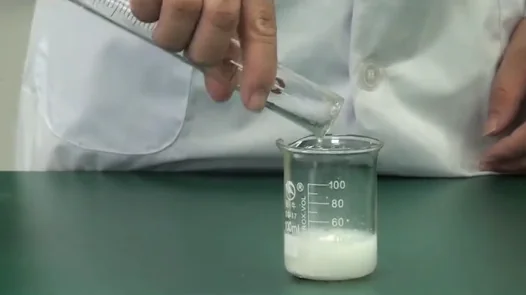Polyacrylamide (PAM) is a high-performance polymer. It has excellent water absorption, chemical stability, and adjustable charge properties. PAM is widely used in water treatment, oil extraction, paper making, and mineral processing. This article explains the physical and chemical features of PAM and its industrial value.
Physical and Chemical Properties of PAM
✅ Strong water absorption – PAM swells in water to form a gel. PAM is suitable for the fields of moisture absorption, moisturization, and liquid control
✅ Good solubility – It dissolves in water and polar solvents. But it does not dissolve in non-polar solvents like hydrocarbons.
✅ Stable chemical behavior – PAM stays stable in different pH levels and temperatures. It does not break down easily.
✅ Different charge types – PAM comes in cationic (CPAM), anionic (APAM), and non-ionic (NPAM) forms. Each type suits different needs.
✅ High viscosity – It works well as a thickener and gel former, increasing stickiness and stability in materials.

Main Applications of PAM
🔹 Water Treatment Industry
- Flocculation and sedimentation – Cationic PAM binds with negatively charged particles in water. This forms larger clumps for faster settling and better filtration.
- Sludge dewatering – PAM helps remove water from sludge. This reduces moisture and lowers treatment costs.
🔹 Oil Extraction
- PAM is used in Enhanced Oil Recovery (EOR) to increase oil yield.
- In drilling, it reduces fluid loss and improves fluid flow properties.
🔹 Paper Industry
- PAM acts as a retention and drainage aid, improving paper quality.
- It helps in dewatering the pulp, making production more efficient.
🔹 Mineral Processing
- PAM is used in mineral flocculation, speeding up solid-liquid separation and improving ore quality.
🔹 Other Uses
- Personal care products – PAM is used in cosmetics and skincare as a thickener and stabilizer.
- Smart materials – Special types of PAM respond to temperature, pH, and electrolytes. These are useful in drug delivery systems.

Environmental Impact and Safety Tips
Not easily biodegradable – PAM breaks down slowly in nature. So, it must be handled and disposed of properly.
Use correct dosage – Choose the right type and amount based on water quality. This ensures good treatment results and avoids waste.
Conclusion
Thanks to its water-absorbing ability, flocculation performance, and chemical stability, PAM has become essential in many industries. From water treatment and oil extraction to paper making and smart materials, its applications continue to grow.
PAM supports both industrial growth and environmental protection.
📌 Want to know more about PAM and how to use it in your industry? Leave a message or contact us anytime!
